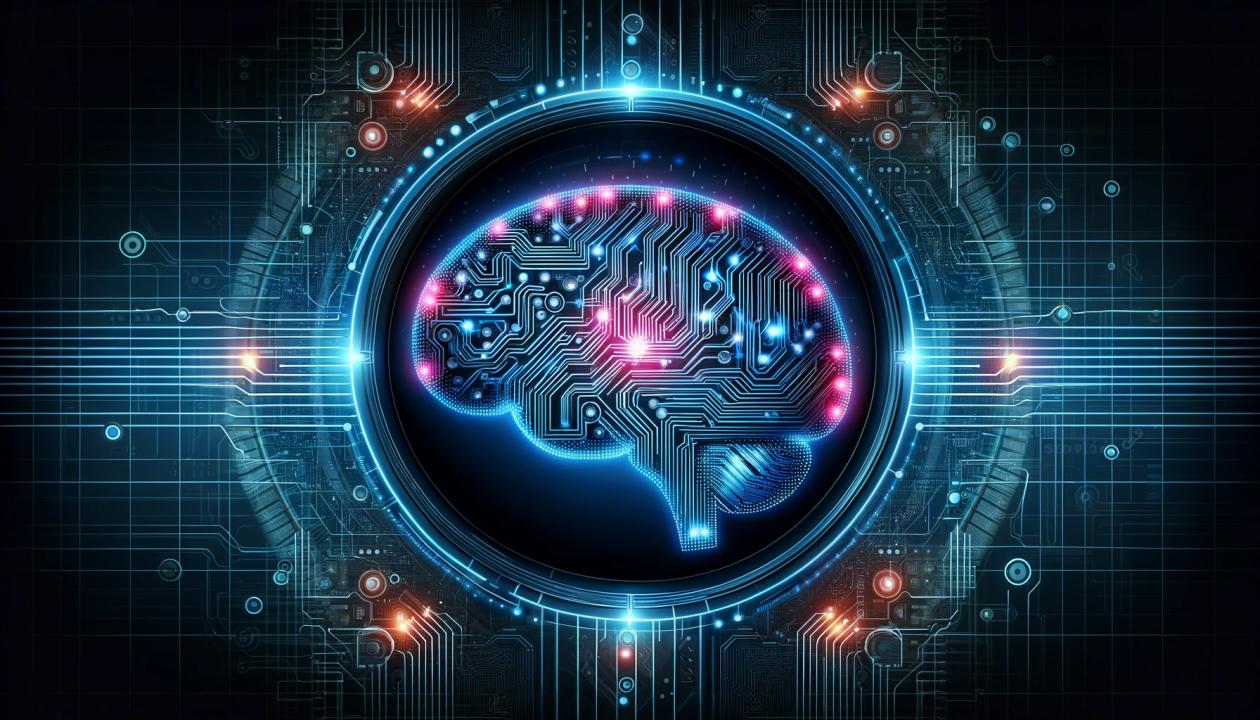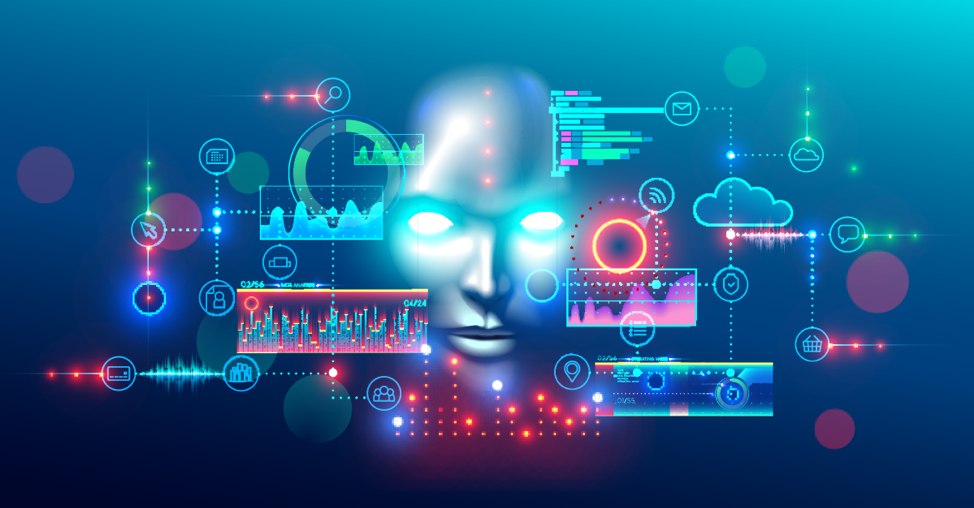Large language models (LLMs) have revolutionized the field of natural language processing (NLP) and artificial intelligence (AI). With their ability to generate human-like text, LLMs have numerous applications in areas such as chatbots, language translation, and text summarization. However, one of the major challenges associated with LLMs is the problem of hallucinations. Hallucinations in LLMs refer to the generation of content that is not based on any factual information or evidence. This can lead to inaccurate and misleading results, which can have serious consequences in real-world applications.
In recent years, researchers have been exploring the use of knowledge graphs to reduce hallucinations in LLMs. Knowledge graphs are a type of knowledge representation that provides contextual information to LLMs, enabling them to generate more accurate and reliable content. In this article, we will explore the role of knowledge graphs in reducing LLM hallucinations and discuss the benefits and challenges of implementing knowledge graphs with LLMs.
The integration of knowledge graphs with LLMs has the potential to significantly improve the accuracy and reliability of AI-generated content. By providing contextual information to LLMs, knowledge graphs can help reduce hallucinations and ensure that the generated content is based on factual information and evidence.
What are Knowledge Graphs?
Knowledge graphs are a type of knowledge representation that stores information in the form of entities and their relationships. Unlike traditional knowledge representation methods, knowledge graphs provide a more nuanced and contextual understanding of the relationships between entities. This is achieved through the use of semantic triples, which consist of a subject, predicate, and object. For example, “John is a person” is a semantic triple that represents the relationship between the entity “John” and the concept “person”.
Knowledge graphs have been widely used in various domains, including Google’s Knowledge Graph and Wikidata. These knowledge graphs provide a vast amount of information on entities, concepts, and their relationships, which can be leveraged by LLMs to generate more accurate and reliable content.
How Knowledge Graphs Reduce LLM Hallucinations?
Knowledge graphs play a crucial role in reducing hallucinations in LLMs by providing contextual information to the models. This contextual information enables LLMs to disambiguate entities and concepts, which is essential for generating accurate and reliable content. For example, in a sentence such as “The capital of France is Paris”, a knowledge graph can provide the contextual information that “France” refers to a country and “Paris” refers to its capital city.
Studies have shown that the use of knowledge graphs can significantly reduce hallucinations in LLM-generated content. For instance, a study by Zhang et al. (2022) found that the use of knowledge graphs reduced hallucinations in LLM-generated text by up to 30%. This is because knowledge graphs provide LLMs with a more nuanced understanding of the relationships between entities and concepts, enabling them to generate more accurate and reliable content.
Case Studies and Examples
There are several real-world examples of knowledge graphs reducing LLM hallucinations. For instance, chatbots that use knowledge graphs to provide contextual information to users have been shown to generate more accurate and reliable responses. Similarly, language translation systems that leverage knowledge graphs have been found to produce more accurate translations.
One notable example is the use of knowledge graphs in text summarization. A study by Wang et al. (2020) found that the use of knowledge graphs in text summarization reduced hallucinations by up to 25%. This is because knowledge graphs provide a more nuanced understanding of the relationships between entities and concepts, enabling the summarization system to generate more accurate and reliable summaries.
Implementing Knowledge Graphs with LLMs
Implementing knowledge graphs with LLMs requires careful consideration of several technical requirements and considerations. Firstly, the knowledge graph must be designed and built to provide accurate and reliable information to the LLM. This requires a deep understanding of the domain and the relationships between entities and concepts.
Secondly, the LLM must be integrated with the knowledge graph in a way that enables it to leverage the contextual information provided by the graph. This requires the development of specialized algorithms and techniques that can effectively utilize the knowledge graph.
Finally, the implementation of knowledge graphs with LLMs requires careful evaluation and testing to ensure that the system is generating accurate and reliable content. This requires the development of evaluation metrics and protocols that can effectively assess the performance of the system.
Conclusion and Future Directions
In conclusion, knowledge graphs are a powerful tool for reducing hallucinations in LLMs. By providing contextual information to LLMs, knowledge graphs enable them to generate more accurate and reliable content. The use of knowledge graphs has been shown to reduce hallucinations in LLM-generated content, and has numerous applications in areas such as chatbots, language translation, and text summarization.
As the field of NLP and AI continues to evolve, it is likely that knowledge graphs will play an increasingly important role in reducing hallucinations in LLMs. Researchers and developers are encouraged to explore the use of knowledge graphs in their own projects and applications, and to continue to develop new and innovative ways to leverage knowledge graphs to reduce hallucinations in LLMs.



